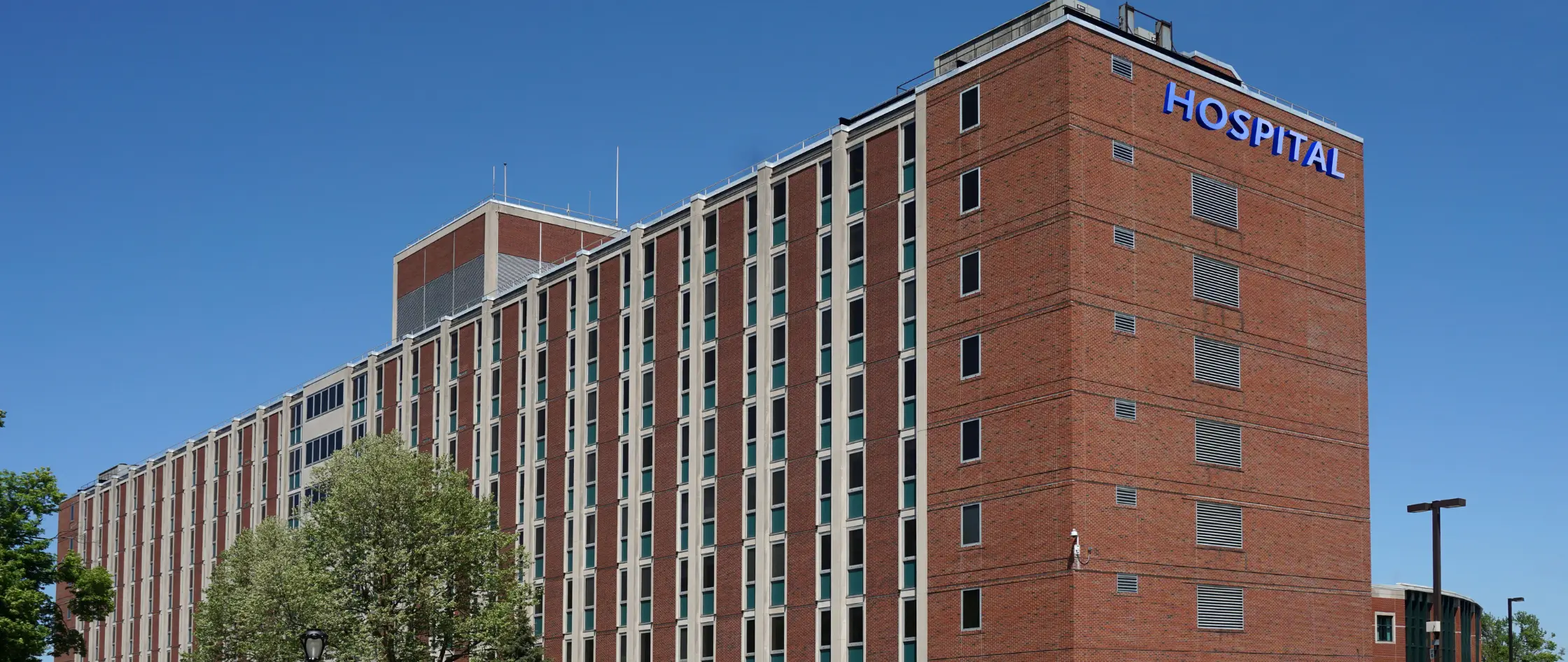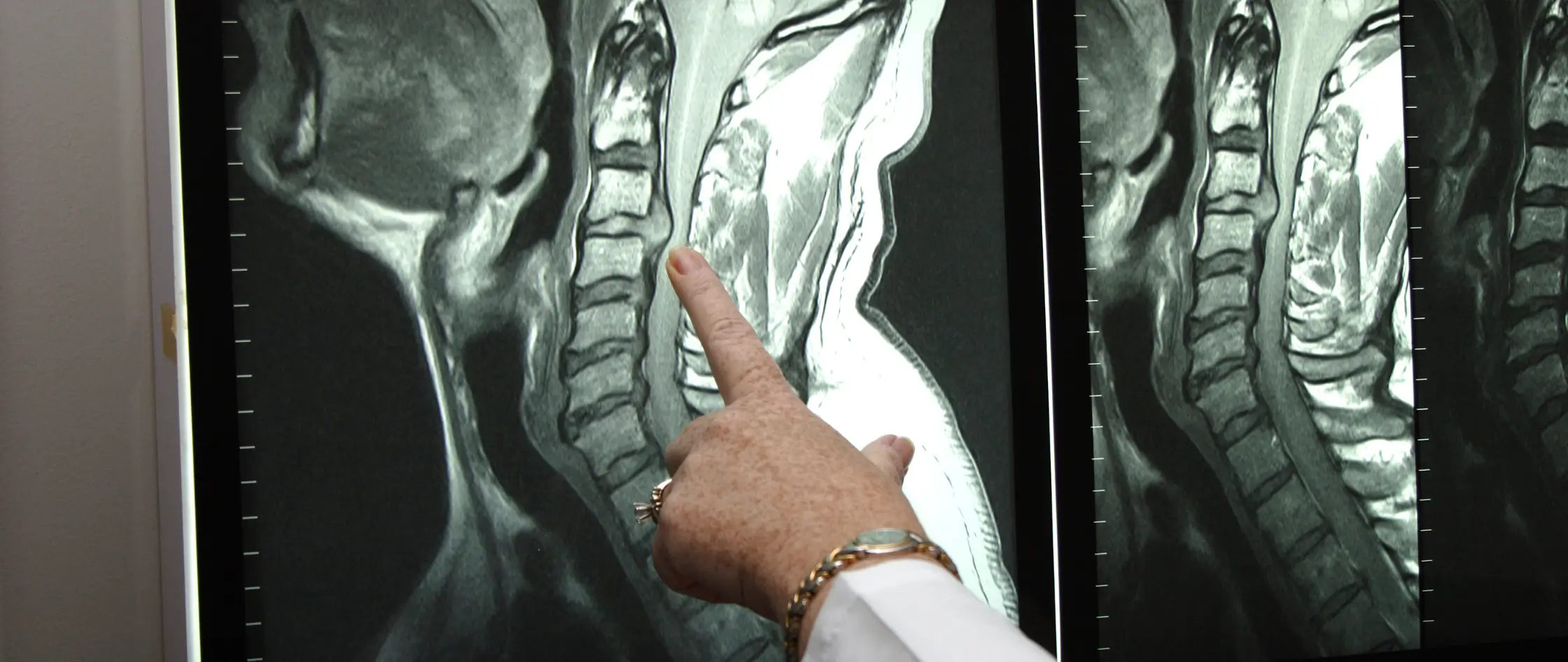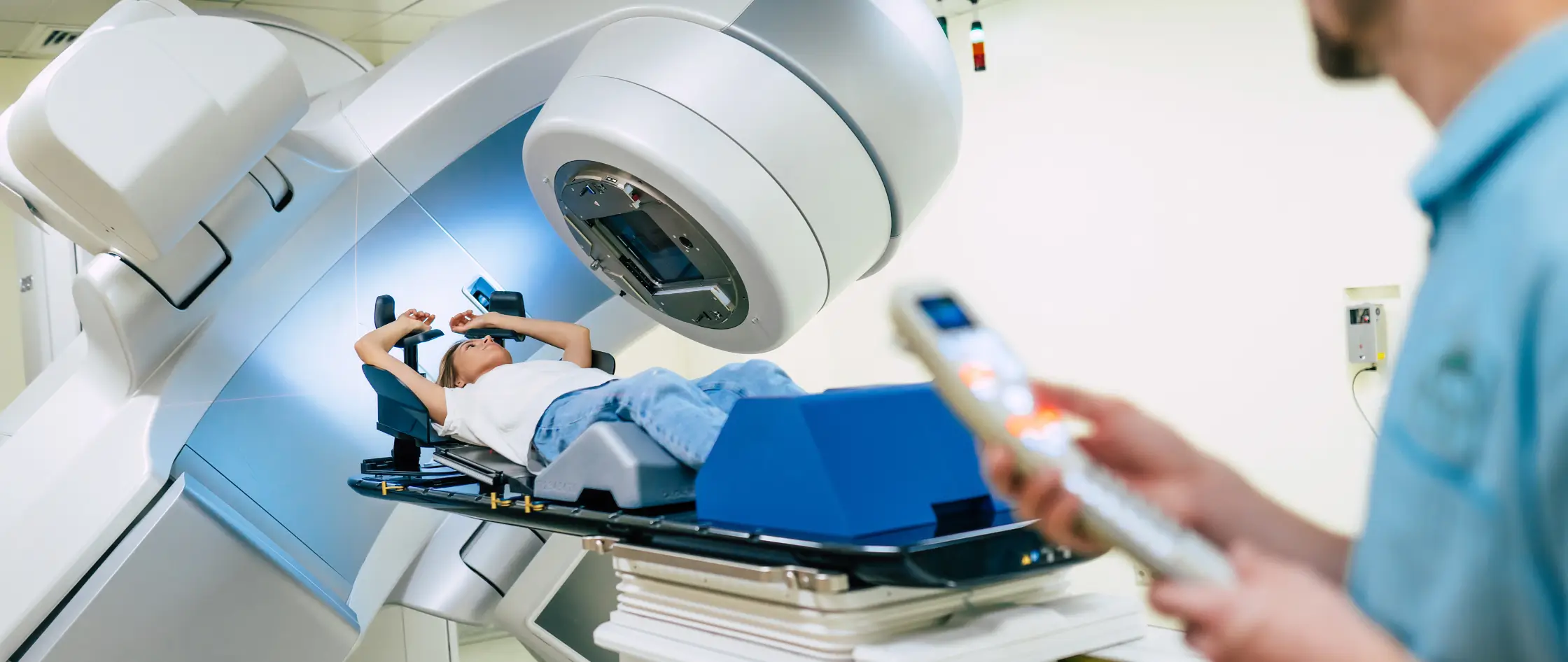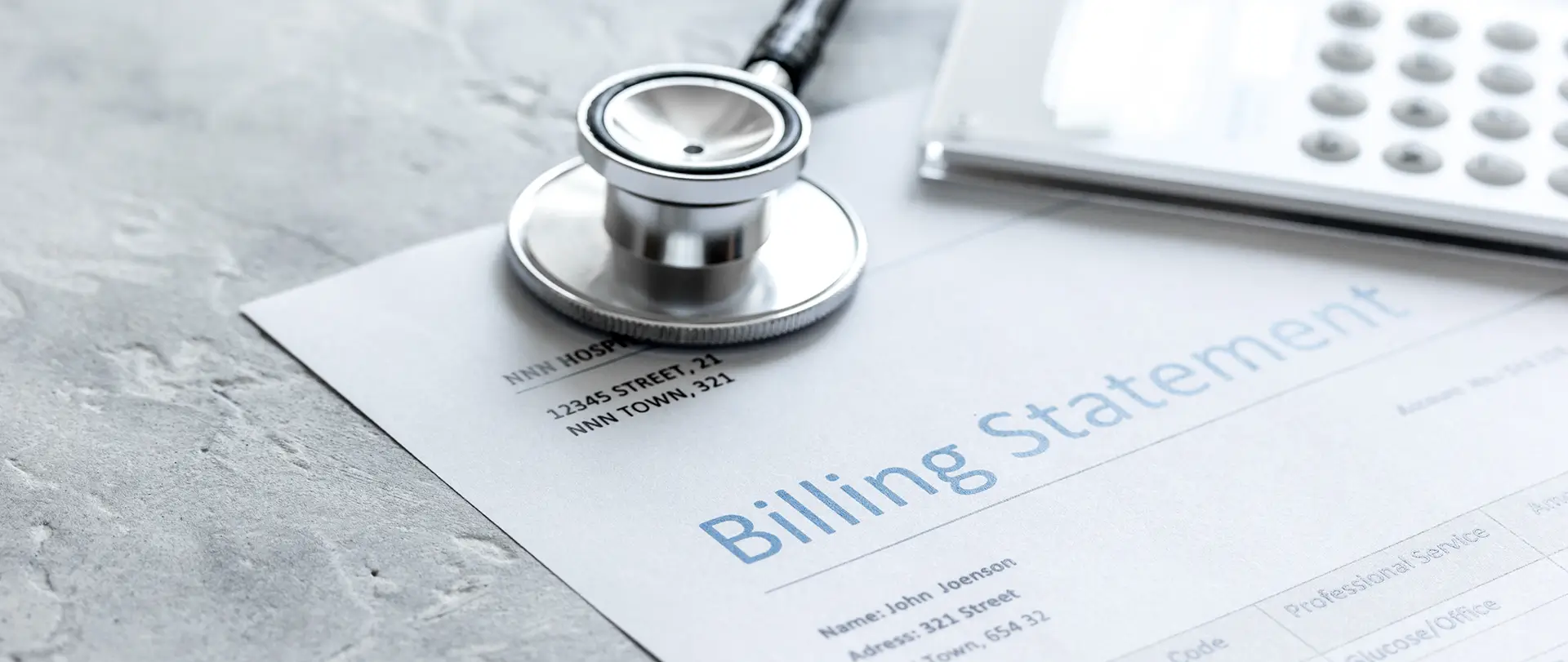Resources
Explore news, client stories, and patient pay expert insights that will help you gain greater financial focus.

Blog
Explore the latest insights from our team of patient billing experts.
- All
- Industry Trends
- Patient Financial Care
- Revenue Capture
BlogPatient Financial Care
4 Keys to Unlocking a Better Patient Billing Experience
August 28, 2025
Read More
BlogPatient Financial Care
Measuring What Matters: 5 Key Metrics to Track in Patient Payment Services
July 25, 2025
Read More
BlogPatient Financial Care
Patient Pay Revenue Rescue: Preventing Bad Debt Before It Starts
June 24, 2025
Read More
- All
- Industry Trends
- Patient Financial Care
- Revenue Capture
Case Studies
Read client success stories from providers who went from billing overwhelm to billing clarity.

Case Study
Boosting Patient Pay Engagement with Heart
Access the case study to learn how a nonprofit home-based care provider used digital outreach tools and shifted its company culture around patient pay to boost revenue.

Oncology
Future-Proofing Patient Payment Engagement
Explore how a large physician-owned oncology network used PatientFocus to modernize patient engagement and restore financial health.

Oncology
Maximizing Revenue With a Patient-Centered Patient-Pay Solution
Efficient payment solutions and clear communication channels encourage timely payments and a steady revenue stream.

Orthopedics
Ohio Valley Surgical Hospital
Implementing a Patient Financial Engagement solution can drive an increase in patient revenue while protecting the patient experience.

Radiology
Optimal Radiology
The right partner can provide a simple, cost-effective way to provide full-service patient billing for numerous small-balance bills.

Oncology
Regional Cancer Care Associates
A proven approach not only drove an increase in patient revenue but also protects the patient experience.

Oncology
Tennessee Oncology
Through a full-service engagement strategy, PatientFocus provided patients with a clear, consistent, and convenient experience.

Oncology
e+CancerCare
A patient payment solutions that provided flexible, interest-free payment plans and a broad range of patient friendly resources
Case Studies
Read client success stories from providers who went from billing overwhelm to billing clarity.

Oncology
Future-Proofing Patient Payment Engagement
Explore how a large physician-owned oncology network used PatientFocus to modernize patient engagement and restore financial health.

Oncology
Maximizing Revenue With a Patient-Centered Patient-Pay Solution
Efficient payment solutions and clear communication channels encourage timely payments and a steady revenue stream.

Orthopedics
Ohio Valley Surgical Hospital
Implementing a Patient Financial Engagement solution can drive an increase in patient revenue while protecting the patient experience.

Radiology
Optimal Radiology
The right partner can provide a simple, cost-effective way to provide full-service patient billing for numerous small-balance bills.

Oncology
Regional Cancer Care Associates
A proven approach not only drove an increase in patient revenue but also protects the patient experience.

Oncology
Tennessee Oncology
Through a full-service engagement strategy, PatientFocus provided patients with a clear, consistent, and convenient experience.

Oncology
e+CancerCare
A patient payment solutions that provided flexible, interest-free payment plans and a broad range of patient friendly resources
Other Resources
Dive deeper into taming the chaos with a comprehensive omnichannel patient pay solution.
Infographic
Bone Up on Self-Pay Billing
Discover how orthopedic practices can manage high-volume, high-balance patient accounts with strategies that balance financial health and patient trust.
Read More
Data Sheet
Statement & Digital Engagement
Explore how PatientFocus’s Statement and Digital Engagement solution, featuring state-of-the-art digital tools and enhanced statements, boosts patient engagement and accelerates revenue cycles.
Read More
Data Sheet
Full-Service Suite
Understand how PatientFocus’s all-in-one Full-Service Suite for patient pay maximizes profitability and improves the patient experience.
Read More
Infographic
Bone Up on Self-Pay Billing
Discover how orthopedic practices can manage high-volume, high-balance patient accounts with strategies that balance financial health and patient trust.
Read More
Data Sheet
Statement & Digital Engagement
Explore how PatientFocus’s Statement and Digital Engagement solution, featuring state-of-the-art digital tools and enhanced statements, boosts patient engagement and accelerates revenue cycles.
Read More
Data Sheet
Full-Service Suite
Understand how PatientFocus’s all-in-one Full-Service Suite for patient pay maximizes profitability and improves the patient experience.
Read More






